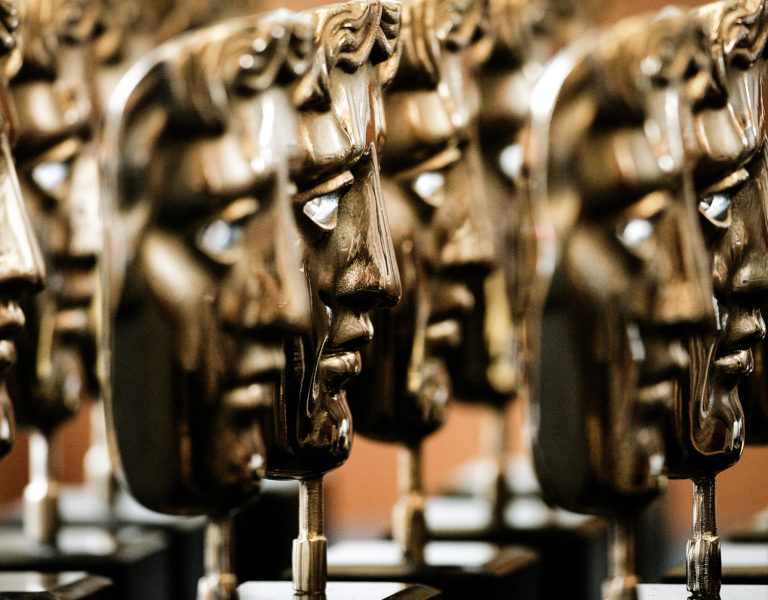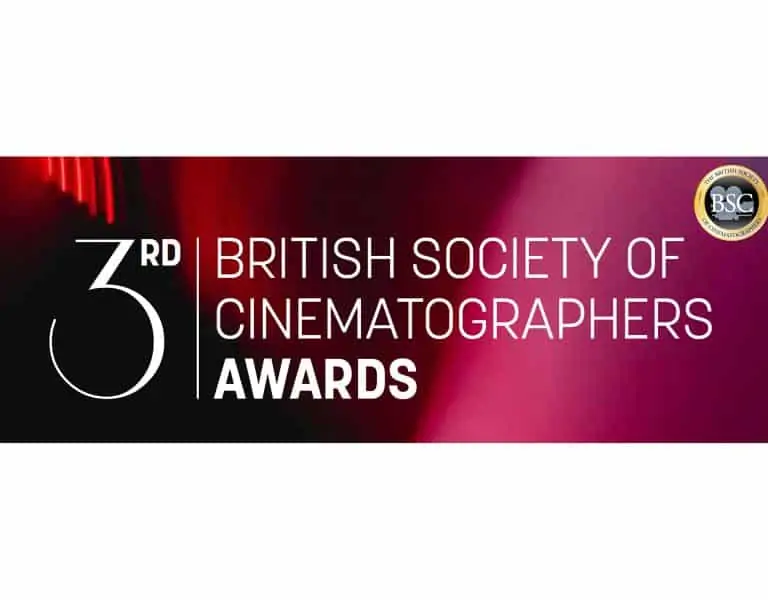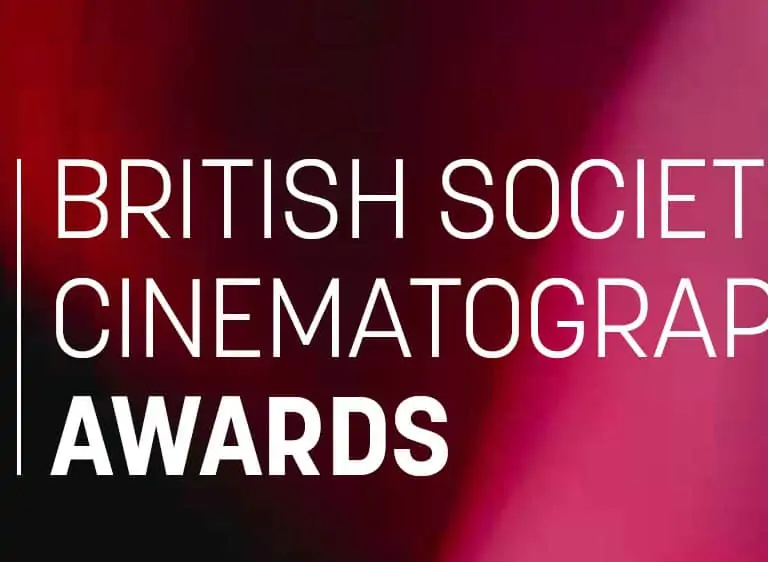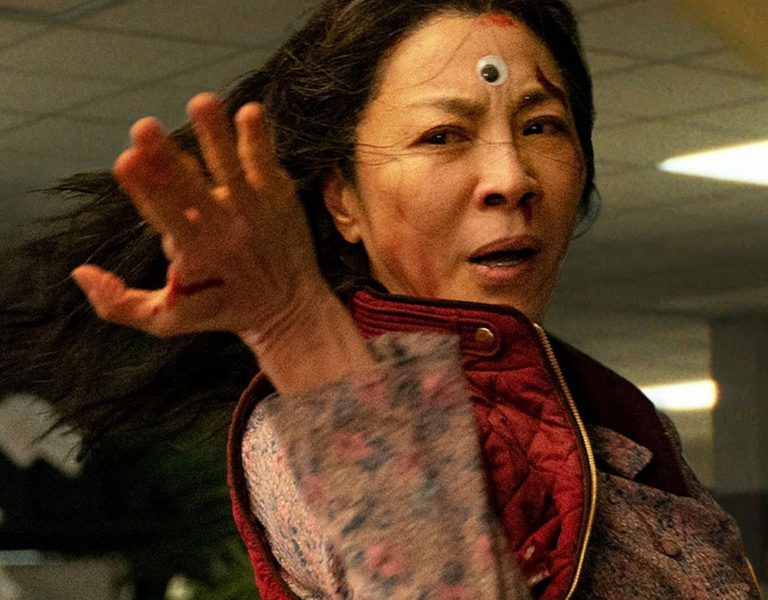
There’s plenty to devour in our second instalment of Award’oeuvres as our roving reporter shares the lowdown on the first round of guild-based award shows, and hear from some of the esteemed winners and nominees themselves.
It might be tempting to think of this middle edition of Award’oeuvres as our last big serving before next month’s dessert of the Oscars – the progenitor of this award season fervour – but there is so much to cover, along with the not-clarifying tea leaves swirled by the DGA Awards and BAFTAs, that we’re better off considering this more like a tray full of tapas, or a cart of dim sum. There is much to nibble on, from the first round of guild-based award shows, to some check-ins from nominees themselves.
Through it all we’re hoping not to be as puffed-up as the late, great Terry Jones in a Monty Python skit – there should always be room for one more thin little wafer – but let’s get started to see if we can fit it all in.
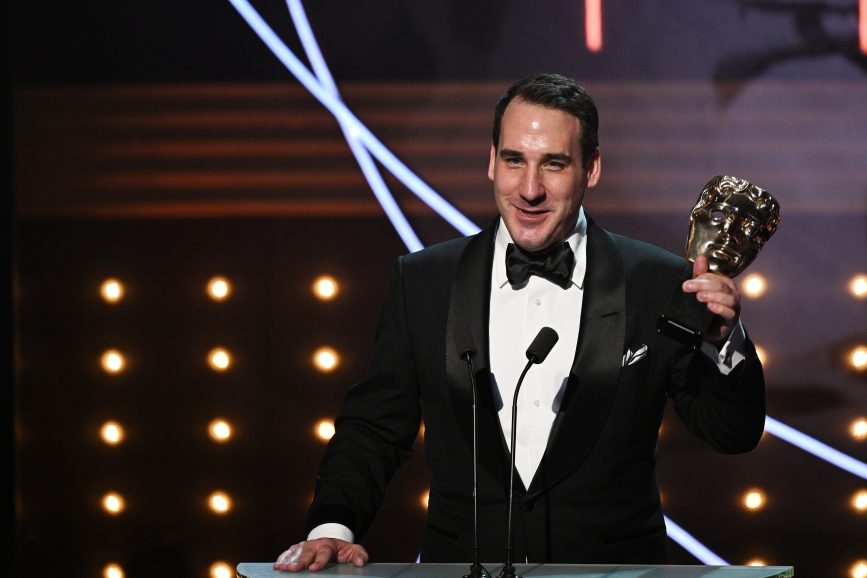
We’ll start with our new set of trendlines, courtesy of the Directors’ Guild and the BAFTAs – which turn out not to be “lines” at all, but something more like fractals. When The Daniels (Daniel Chen and Daniel Scheinert) won for Best Director at the DGA, for Everything Everywhere All At Once, it appeared that EEAAO dipped briefly into the lead as an Oscar best movie favourite. Then came the BAFTAs the following morning (well, if you’re out on the Pacific ledge, they’re a brunch time event) and lo! The Banshees of Inisherin wins Best British Film, and the supporting actor and actress categories. But then, lo redux! All Quiet on the Western Front is BAFTA’s Best Picture, and Edward Berger its best director.
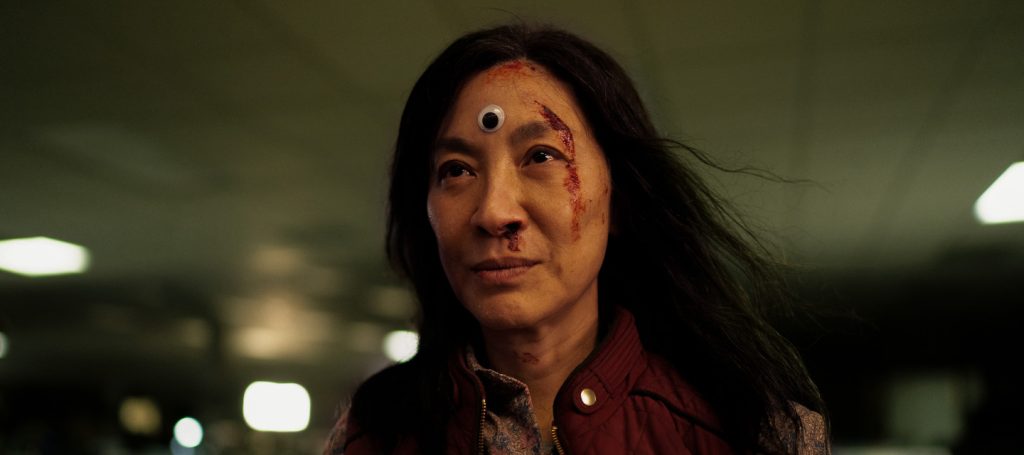
While James Friend ASC BSC wins for the film’s cinematography, for which he has an Oscar nomination, a BSC Award – but no nomination from the ASC.
As for the fractal pattern of likely Best Picture winners, well, there’s a short list, certainly, but whether the upcoming PGA and SAG awards will focus more light on an outcome, or diffuse it, remains to be seen, though we’ll got those verdicts shortly after this particular column goes live.
CAMERON COUP
Speaking of fractals and other complex visuals, to no one’s surprise, the BAFTAs also bestowed their visual effects award to Avatar: The Way of Water.
The film’s Sherman’s March toward the Oscar night VFX award began in earnest at this year’s VES Awards. The Visual Effects Society’s show has grown from its smallish turn-of-this-century beginnings to a sprawling stop at the Beverly Hilton (where the Golden Globes generally kick the award handicapping off), and now where former cocktailing and schmoozing space in the main ballroom is given over to additional tables for the growing number of companies who are part of the digital workflow.
Press folk used to watch the VES awards from the same ballroom the nominees and tableistas did, but are now consigned to a small room down the hall, next to a makeshift bar area. As with the upper floors of the Oscars at the Dolby however – the seats not in the TV frame, sans the A-listers and the need for seat fillers – most people leave their places to gravitate to those bars, converse, network, sniff out soupcons of potential new deals, and watch the proceedings on the monitors.
Unlike the Oscars though, the VES bar area had no monitor, at least not an audible one, and the hotel’s drinks were decidedly not free. Still, the cocktail space filled up during the show, creating an increasingly busy thrum that eventually drowned out the sound in the press room, where there was a working monitor.
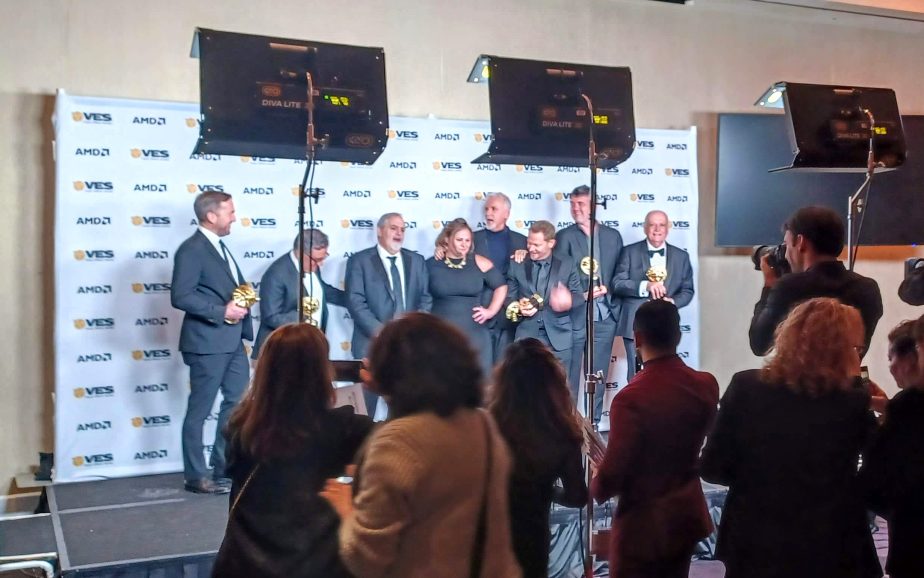
All of which had the effect, ironically, of compelling some members of the Fourth Estate back into the ballroom, if they wanted to hear what was actually going on.
But it was clear enough that it was Avatar’s night. Nominated for an unprecedented number of VES awards, the only categories the film lost in were those where it was competing against itself.
James Cameron was there, too, and introduced former creative (and marriage) partner Gale Anne Hurd for her Lifetime Achievement award. They’d met when both were working for Roger Corman, and go on to make Terminator films together, Aliens, and The Abyss, and it was in that latter phase they’d begun using newish CG effects in earnest, which were, they realised, “about to bulldoze everything in [their] path,” as Cameron put it.
A path which now includes The Way of Water’s own bulldozing through the season’s effects awards (though interestingly, the Art Directors Guild held their awards that same DGA / BAFTA weekend, and it was Everything Everywhere All at Once eclipsing Avatar for its production design in the Fantasy Feature Film category).
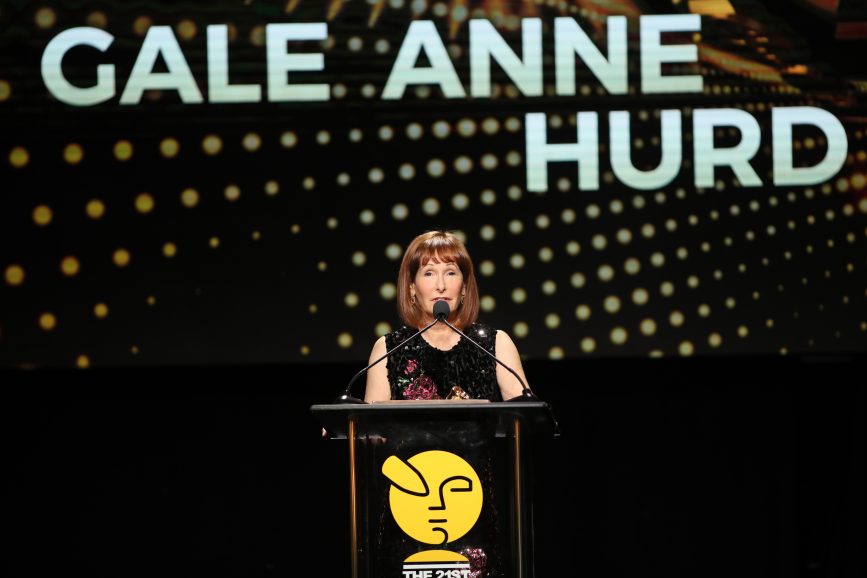
MOVERS AND INNOVATORS
Innovations are also the main course for the Academy’s Scientific and Technical Awards, presented at its “Sci Tech” Awards Dinner each year, ahead of the Oscars. That particular evening is usually relegated to a quick highlight reel during the Oscar broadcast, but it’s actually one of the most pleasant stops during the weeks of congratulatory frenzy, perhaps because its awards are announced well in advance. The energy, then, isn’t one of unspoken competition, but people interested in what the various innovators might have to say. Along with, well okay, the schmoozing part during the before-and-after cocktail hours.
Still, this enabled us to talk with one of the evening’s top honourees, Iain Neil, from his home in Switzerland, ahead of his packing up suitcase and passport for his trip to Los Angeles. Neil, currently the Chief Optics Advisor at Cooke, has also started his own companies (including current optical technology consulting company, ScotOptix) and has previously received 12 previous Sci Tech awards (along with a couple of Emmys, a Fuji Gold Medal, and other accolades).
Neil is now receiving the Gordon E. Sawyer Award for “extraordinary technological contributions that have brought credit to the industry”, and he allows that this one, for lifetime achievement, is palpably “different from all the others”.
And just as Cameron’s digital bulldozer eventually made The Way of Water possible, Neil notes a lot of cinematic vocabulary we’ve grown familiar with, perhaps even taken for granted, wasn’t possible until the technology allowed the ideas to be made flesh, as it were, or celluloid. But whether silver nitrate or digits, Neil was referring, in these instances, to the glass.
One example he gives was the famed Hitchcockian combination of dollying while zooming (so subsequently beloved by Spielberg and others), and mentions that it was the lens coatings that came out of World War II that allowed the modern zoom to bloom.

Similarly, when referencing the peaceful application of wartime glass, Neil notes that he doesn’t constrict himself just to cinematic inventions either, saying he also does “automotive, I do medical, I do surveillance. I work in a lot of special effects, visual effects – (but) that’s not what these awards are for.”
As for what they are for, while mentioning the “quantum leaps” in technology he and his colleagues are privileged to make, he also wonders if that leaping might now be coming too fast. “The technological change is now quite rapid,” Neil said. Once upon a time “you would design a lens, build it – and you’d depreciate it,” as its R&D costs could be amortised over a decade or more. But now, “the lens itself may be out of date in three years,” depending on the cameras and sensors it’s affixed to, the expectations for deliverable resolution, etc. “The technology is getting faster and faster,’ he says – with more constrained margins to recoup development costs.
Of course, when it comes to lenses, sometimes the old can be new again, as he mentions the boom in rehoused glass. “Zeiss, Bausch & Lomb, (and similar) lenses will have some residual aberrations – these lenses, you don’t need to do anything to them, you just need to find them.”
Or, of course, you can design them, as Neil is now. “A demand for lenses that suit digital,” he says, can also have “five other applications” outside film or television.
In addition to bespoke lenses for digital cameras, he also talked about the coming of “metalenses” – nano-coated surfaces that allow one to “manipulate the light beam – you can focus the light. It’s all done in the structure of the lens material. It’s like comparing a steam engine to an electric car.” Another of those “quantum leaps.” But, he asks, ‘will it work in the cine business? Who knows?”
An outlook that describes much of showbiz, really, regardless of whether approaching it from the creative or technical sides.
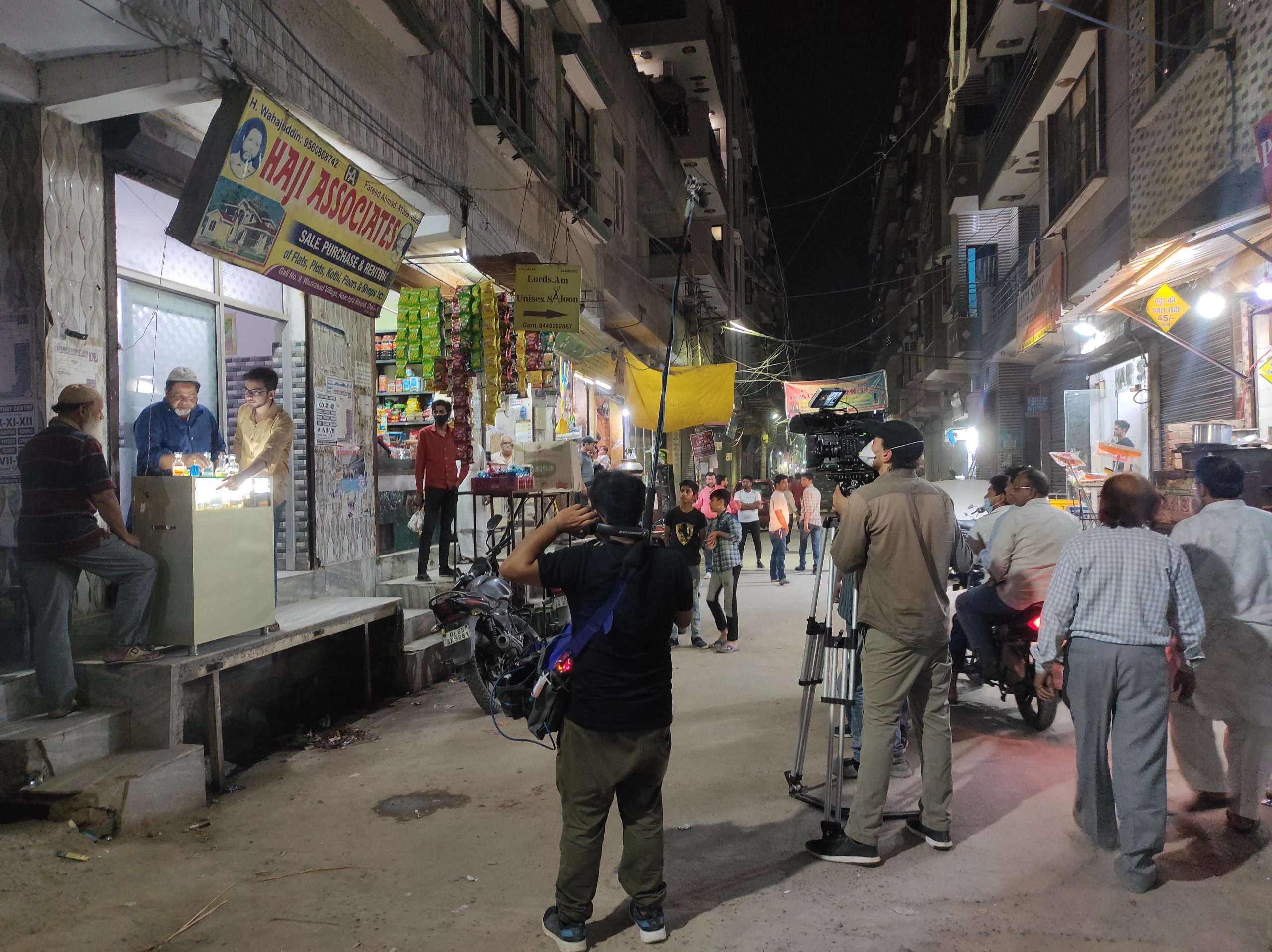
MACRO MARVELS
Another thing previous breakthroughs with lenses and digits have made possible is the kind of macro cinematography currently on display in the Oscar-nominated documentary All That Breathes about the work of a pair of brothers in New Delhi, whose lives come replete with both good works, and Chekhovian subtext. The brothers, Saud and Nadeem, are famously engaged in trying to save black kites, birds of prey integral to India’s ecosystem, who increasingly keep falling out of the sky as that system steadily unravels.
Three directors of photography are listed, and as the last one to come on board, Riju Das, says, if a project is shot over three years, as this one was (due to the elusive natures of both documentary funding, and a seemingly unending pandemic), “you can’t always keep the same DP.”
Or as lead cinematographer Ben Bernhard says, “documentaries take time.”
Sharing a Zoom call with Das, the Berlin-based Bernhard said that when director Shaunak Sen reached out to him, Sen was “already in Germany,” and knew the DP’s work from his long standing collaborations with documentarian Viktor Kosakovskiy, and other directors.
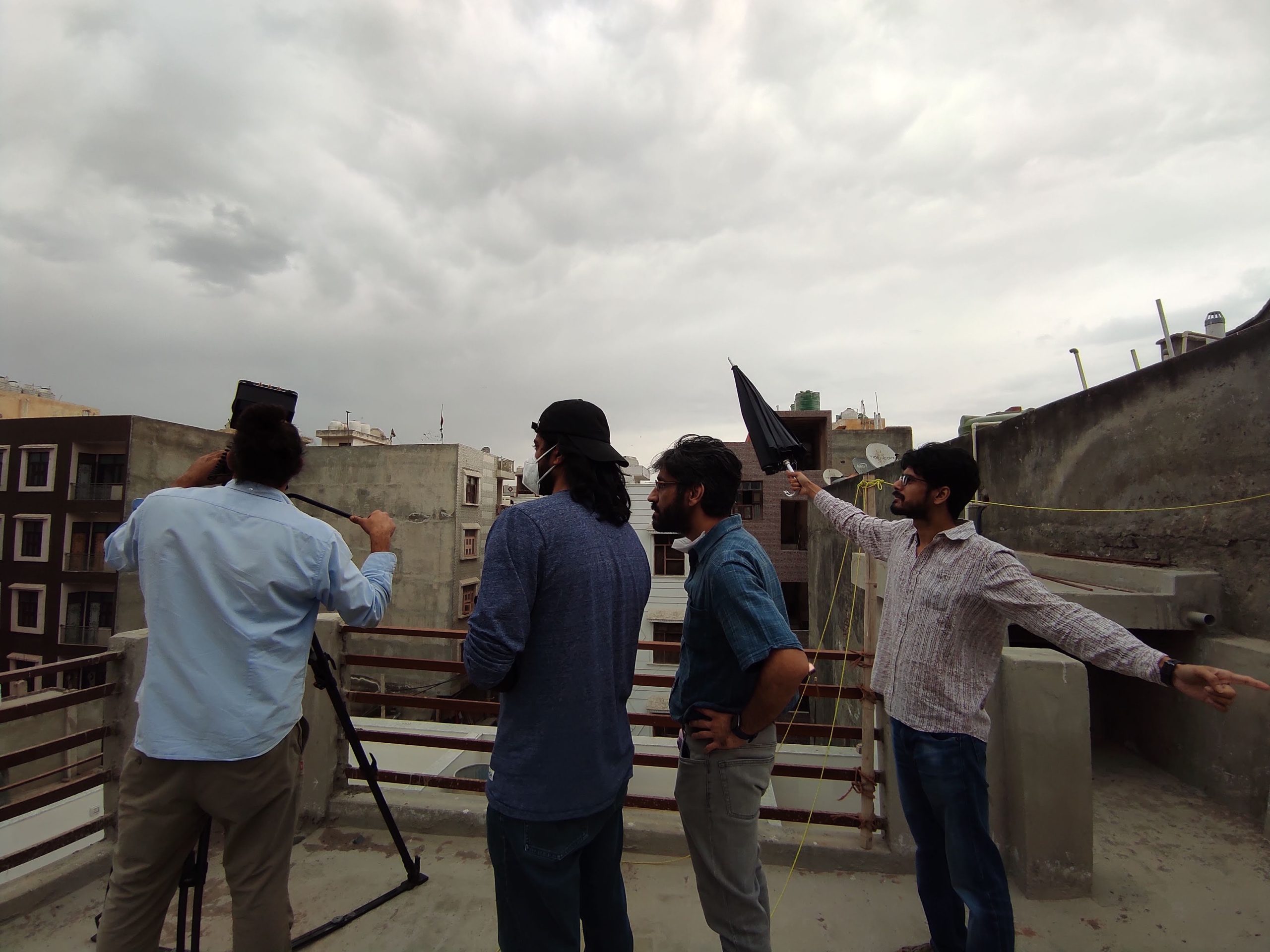
The project’s original DP, Saumyananda Sahi, had been shooting verite-style with Sen, but had to leave for other projects, giving the director time to realise he was “searching for a different style. It was clear this film would be very layered – a film about how things are connected. He wanted to capture the ecological doom in the place where he’s living.”
Which could make it really, a documentary about the places any of us are living in now.
They also wanted, Bernhard says, to “render the scientific into the poetic – we didn’t want to lecture. We wanted people to go on their own journey (so) we started changing the perspective to use the eye-level of the creatures. Keep it so the audience can witness this coexistence.”
Bernhard emphasises the “unity of one shot… slowly go(ing) there, showing it’s real in the same moment,” which ideally, he says, can be done in sequence “instead of editing”.
That ethos, or “unity provided by Sen,” as Das put it – captured on a series of Canon cameras, including the EOS C500 Mark II, often owned by the DPs themselves – sometimes moved from insect to rodent to human to avian in one take, each strata trying to make through their respective yet always overlapping, days, allowing for so many of the film’s remarkable sequences.
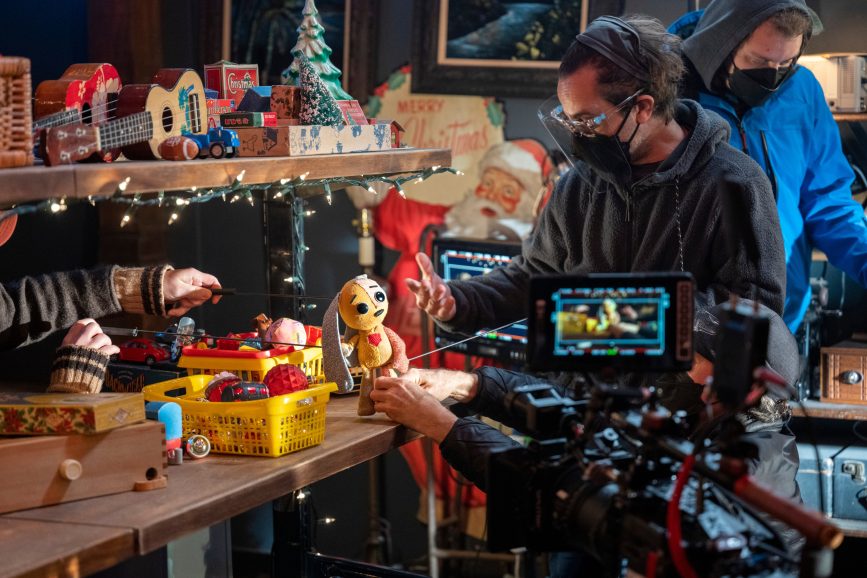
MARWEN AND OLLIE
Also working on the macro level was C. Kim Miles ASC CSC, the DP for Robert Zemeckis’ Welcome to Marwen, who now finds himself nominated for an ASC award in the Outstanding Achievement in Cinematography in Pilot, Limited Series, or Motion Picture Made for Television category for the “Bali Hai” episode of the Netflix miniseries Lost Ollie, based on the book Ollie’s Odyssey, by author/illustrator William Joyce (himself a previous Oscar winner for the short The Fantastic Flying Books of Mr. Morris Lessmore.)
Lost Ollie is about the always-poignant business of a lost toy trying to reconnect with its former owner, who may or may not have grown past remembering the initial bond. This is further complicated by it being a combination of “Toy Story meets Lord of the Rings,” as Miles recalls the show being pitched to him. Except in this case, instead of relentless Ringwraiths, Ollie is pursued by a deranged toy clown named Zozo, voiced by Tim Blake Nelson, who might have been pushed past the point of redemption by his own grief.
“Marwen,” Miles said, despite its own toy-scaled worlds, “was the opposite” of his work on Ollie. There, “we were filming full sized adults to make them [look like puppets.]” whereas here it was about bringing existing toys to full-yet-sombre life. “At first it was meant to be all puppets” he says of the shows preproduction process, led by showrunner Shannon Tindle. “We had these wonderful Jim Henson puppets,” but the puppeteers eventually realised “it takes four of us to animate each one.”
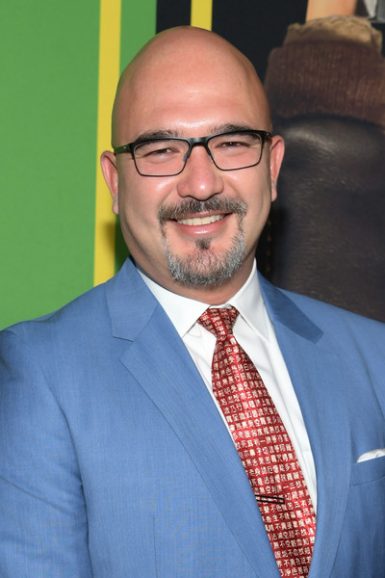
So the puppets wound up serving more as maquettes. “We ended up using the dolls as lighting references,” he says, while “the folks at ILM” rendered them into being. Even so, there was “hardly any green screen at all,” Miles recounts. “Everything else was live – painstakingly live.
“We wanted to make it feel like a real movie – with camera moves, motivated moves,“ he continues, so he and director Peter Ramsey “would act the scenes with the little puppets, dragging them around. And then lighting passes after that. Each shot was three or four passes.”
Those passes were caught on an ALEXA Mini LF sporting ARRI Signature Primes. “I know how they’re going to behave,” he says of the ARRIs, a “tool I know inside and out. There’s just something about the ALEXA that creates a texture that’s more interesting to me,” though lenses are tailored “to each show – there’re times when I’m running three or four sets of lenses in a show.” And for “Bali Hai”, with its carny and mid-20th century-set flashbacks, they wanted that episode to “look like three-strip Technicolor,” which it most gloriously does.
Which also adds to the haze, and mournfulness, of memory and time’s passage, which threads through so much of the series, and marks it as a “kids’ show” that kids should probably watch in the company of the ostensible grown-ups in their lives.

MAKING A MARK
Also nominated in one of the ASC’s episodic categories, in this case, Outstanding Achievement in Cinematography in a One-Hour Commercial Television Series, is Jesse M. Feldman, for the “Is My Nature That of a Devil” instalment of AMC’s adaptation of Anne Rice’s Interview with the Vampire.
Steeped in the lush haze of memory as well, though decidedly blood-soaked in this instance, the series’ prime setting in turn-of-last century New Orleans, though even with a previous, and well-regarded cinematic adaptation to refer to, Feldman, who also shot on a Mini LF (with Panavision Panaspeeds), says, “we tried to take a fresh approach to the world, and didn’t feel any need to stay with what the 1994 movie did visually. Philippe Rousselot ASC AFC did an amazing job, but this series was just a different, modern take on the story,” not least of all because Lestat’s partner, Louis de Ponte du Lac, is black, played by Game of Thrones’ Jacob Anderson, and one finds issues of race, particularly in America, confined to neither vampires, nor the past.
“I think if anything,” Feldman says, “we talked about not having the show look like a typical vampire tv show. I never wanted it to feel like it was painted with one large ‘style paintbrush,’ and rather have the style infused in each scene as was appropriate with what the characters were feeling. Ultimately this series was a story about love, loyalty, regret, isolation, and morality- the main characters just happen to be vampires.”
Meanwhile, when it comes to a first nomination by the ASC, who were some of his own light-and-lens wielding heroes from the Society, as he was working his own way up?
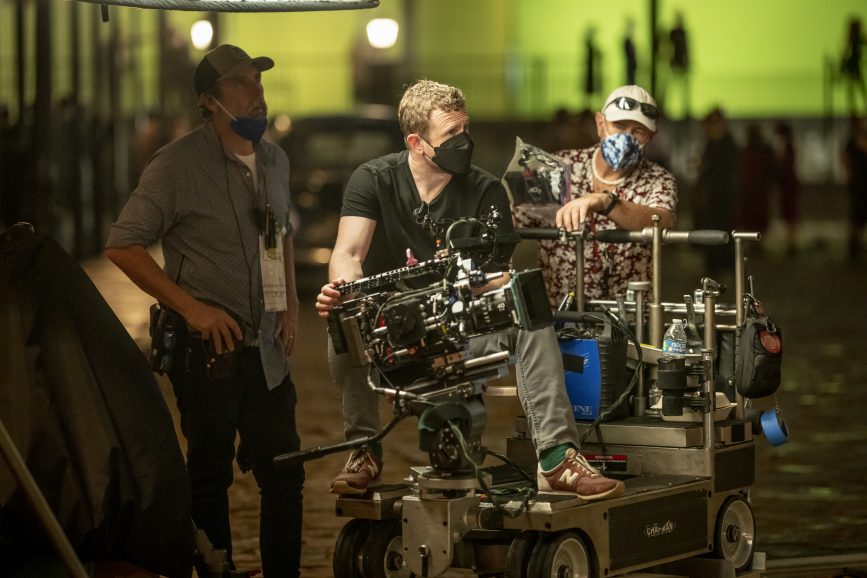
“To be recognised by the ASC for my work is such an amazing validation. I’m so honoured and humbled. When I was first starting as an assistant, and later as an operator, I was lucky enough to work with ASC DPs Nelson Cragg, David Klein, and Eric Steelberg. It’s very fun to have known each of them since I started, and get to see their careers blossom. Other ASC DPs that I admire include, in no particular order, (Sir) Roger Deakins (also CBE BSC), Conrad L. Hall, Chivo (Emmanuel Lubezki, also AMC), Darius Khondji (also AFC), Wally Pfister (also BSC), Newton Thomas Sigel, Robert Elswit, and Matty Libatique.”
We’ll be back with our final edition of this season’s Award’oeuvres, discussing how the work of at least some of those heroes fared in the home stretch, along with attempting to cover the culminating run of award ceremonies unfolding out here considerably to the west of New Orleans.
Will all that also fit into a single, comprehensible narrative next time? Well, to quote Mr. Neill, “who knows?”
See you after the gilt settles.
